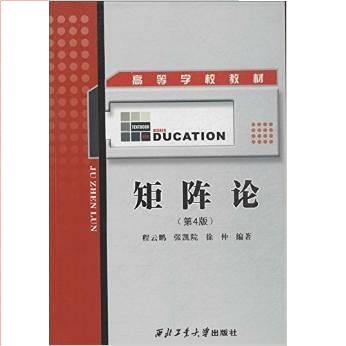Random graph models are used to describe the complex structure of real-world networks in diverse fields of knowledge. Studying their behavior and fitting properties are still critical challenges, that in general, require model specific techniques. An important line of research is to develop generic methods able to fit and select the best model among a collection. Approaches based on spectral density (i.e., distribution of the graph adjacency matrix eigenvalues) are appealing for that purpose: they apply to different random graph models. Also, they can benefit from the theoretical background of random matrix theory. This work investigates the convergence properties of model fitting procedures based on the graph spectral density and the corresponding cumulative distribution function. We also review results on the convergence of the spectral density for the most widely used random graph models. Moreover, we explore through simulations the limits of these graph spectral density convergence results, particularly in the case of the block model, where only partial results have been established.
翻译:随机图形模型用于描述不同知识领域真实世界网络的复杂结构。 研究其行为和适当特性仍然是关键的挑战, 一般来说, 需要模型特定技术。 一个重要的研究线是开发能够匹配和选择最佳模型的集成通用方法。 基于光谱密度的方法( 即图形相邻矩阵的分布) 具有吸引力: 它们适用于不同的随机图形模型。 另外, 它们还可以从随机矩阵理论的理论背景中受益。 这项工作调查基于图形光谱密度和相应的累积分布函数的模型安装程序的趋同性。 我们还审查最广泛使用的随机图形模型光谱密度趋同结果。 此外, 我们通过模拟这些图形光谱密度聚合结果的极限, 特别是在块模型中, 在那里只确定了部分结果 。



